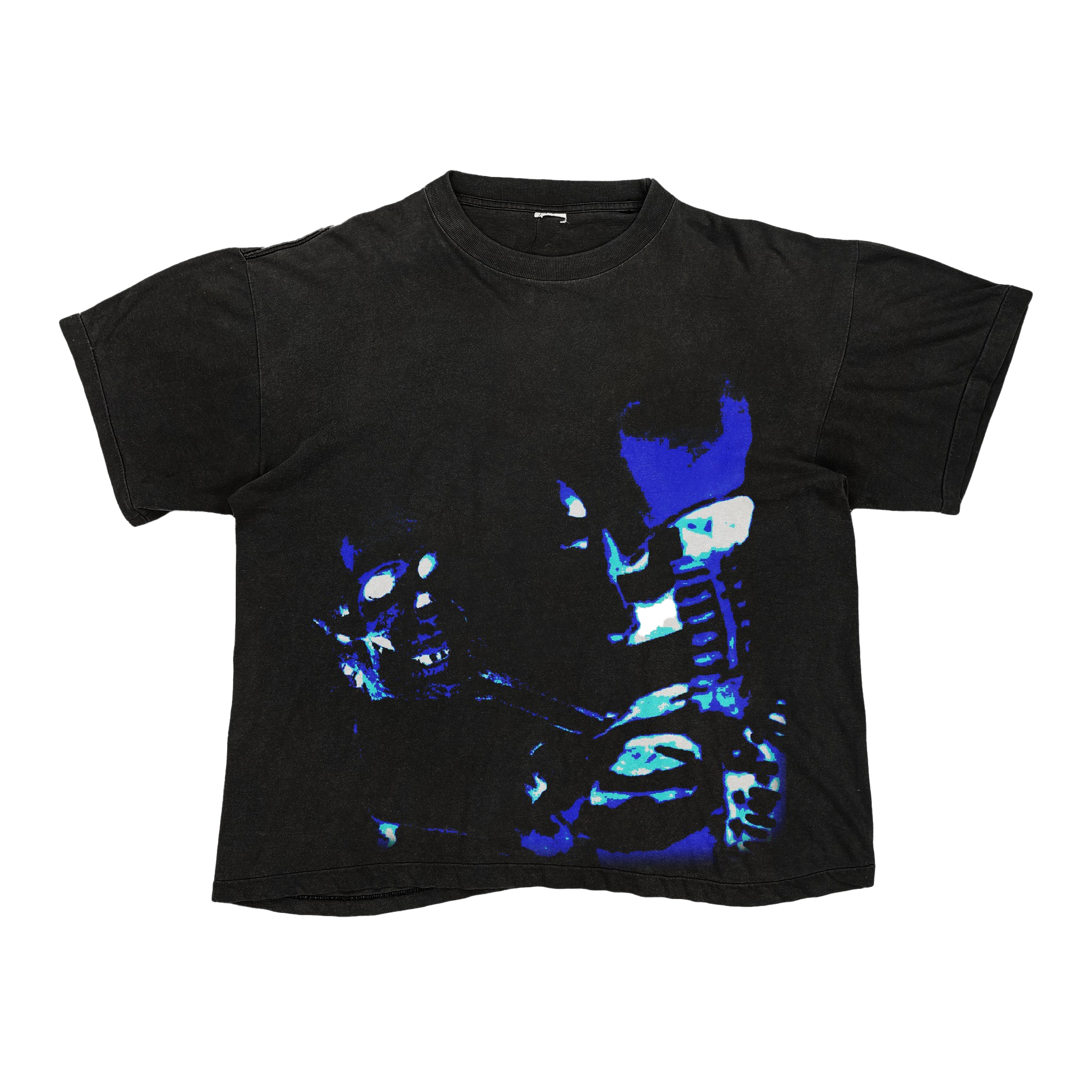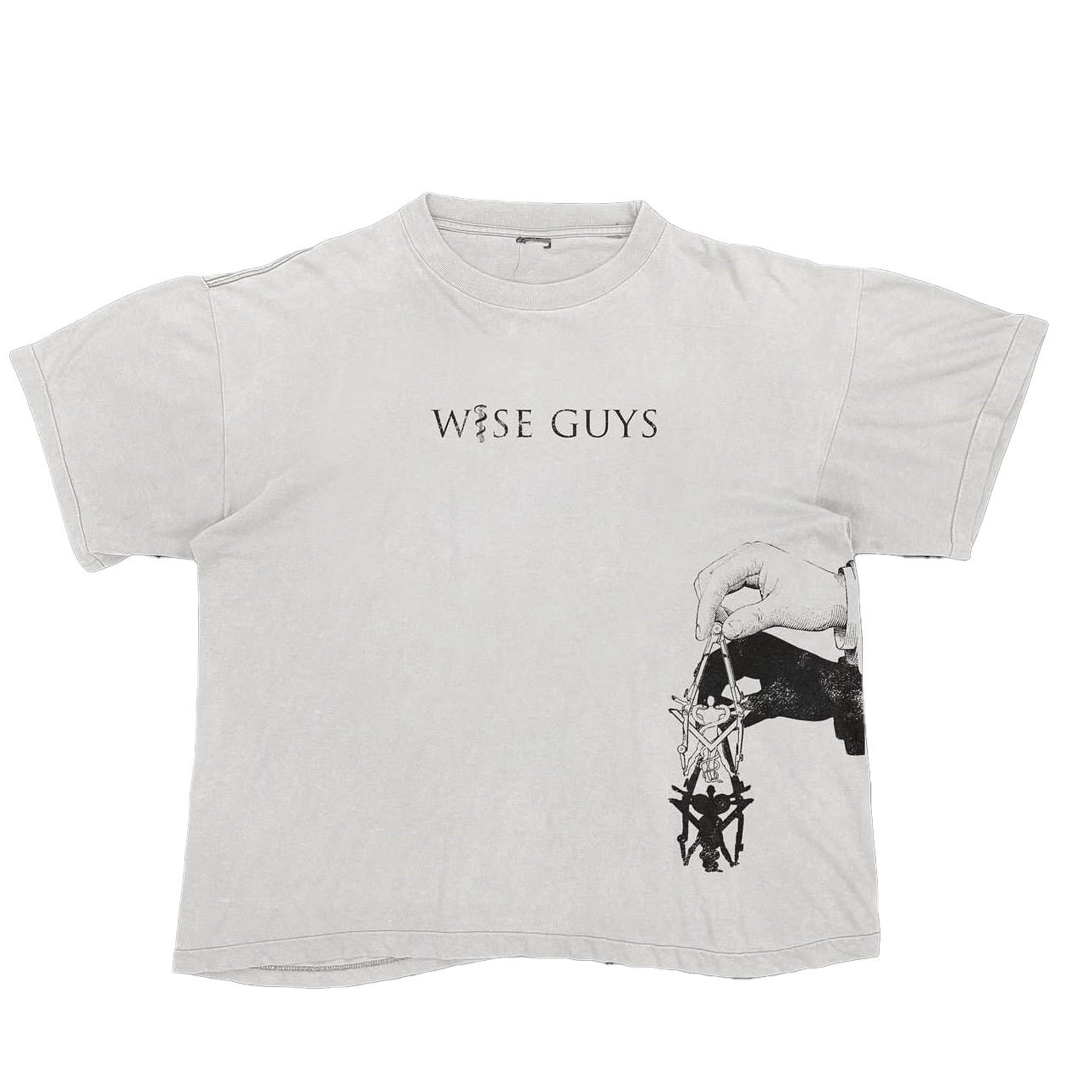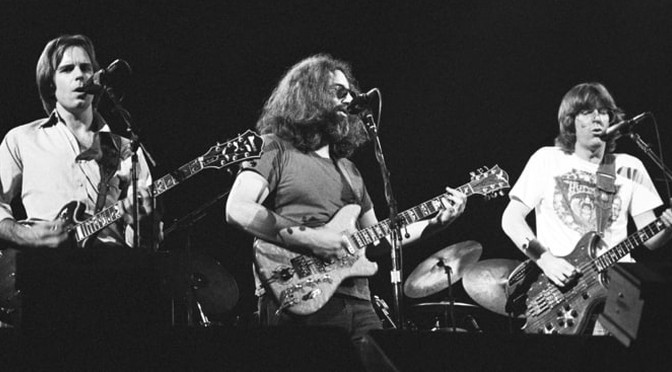Your cart is currently empty!
///
-
Nightmares for Cowboys

The cowboy has always been framed as the ultimate outlaw: free, untamed, living by his own code.
But what happens when she isn’t just a dream, when she steps fully into the same qualities the cowboy prides himself on? When she’s just as free, just as wild, just as anarchic?
That’s where the nightmare begins.
The phrase calls out the double standard. Society admires men for embodying independence, chaos, and rebellion, but judges women for the same thing. The cowgirl is no longer his fantasy. She is his mirror. And in that mirror, the cowboy sees his myth unravel.
I have faced this in my relationships with women. Seeing them live with the same freedom and fire that I claim for myself forces me to recognize how easy it is to slip into judgment or discomfort instead of respect. This design is a reminder to confront that, to recognize the double standard, and to let that freedom belong equally.
“Nightmares for Cowboys” is about that tension. It is about reclaiming the outlaw spirit as something beyond gender, and pointing out the fear it provokes when women embody the same untamed fire men have always claimed as their own.
-
Silence & Contemplation
At the center of everything I believe is this. The deepest truths can’t be spoken. They can only be experienced in silence.
The Upanishads say, “The Self is to be realized through contemplation, by the one who has become silent.” This silence isn’t just quiet. It is Mauna. A silence that listens. A silence that knows.
I’ve been reflecting on the idea that in silence and darkness, the potential of everything rests. Not in the noise of thought or the light of distraction, but in the quiet, unseen space where everything begins
This is the core of my spirituality. A return the silence where all truth begins.
.
-
Ascension of Creation

3:50 to the ending
-
Death as the Good King’s Jest

Alan Watts once referenced a short poem that captures something profound about life and death. G.K. Chesterton’s The Skeleton ends with these lines:
Surely friends, I might have guessed
Death was but the good King’s jest,
It was hid so carefully.
Chesterton’s “good King” is the force behind all life, whether we call it God, the cosmos, or the eternal “I Am.” The jest is that death, the thing we fear most, is not what it appears. It is a trick hidden in plain sight. A doorway disguised as an ending.
Watts often spoke of life as a cosmic play, a game in which the self forgets its nature so it can rediscover it. In that game, death is simply the scene change. The skeleton is not the end of the actor. It is the mask removed.
To see death for what it is, is to see it as a promise. It is not grim, but a gentle closing of the curtain and the end of suffering.
-
Unifying the Infinite and the Finite

Above is the circle, infinite, without edges, without beginning or end. Below is the square, measured, fixed, defined by straight lines and right angles. One represents the eternal and unchanging. The other represents the ordered and constructed.
Man and woman live between them. We are not purely of the circle, nor purely of the square. We draw from the circle’s infinity to envision what could be, and from the square’s precision to bring it into reality.
The Matrix drew on this same symbolism in its characters of the Architect and the Oracle. The Architect is the hand that holds the compass, shaping the lines and boundaries of the world, reflecting the precision of geometry. The Oracle is the winding snakes, echoing the ancient Oracle of Delphi, carrying the flow of vision and mystery that cannot be calculated. One seeks perfection in structure. The other moves through insight and possibility.
In nature, anomalies arise, moments when the circle and the square meet. Squaring the circle is not just a mathematical impossibility, but a human pursuit. We live at that intersection, carrying both the measured and the infinite within. Neo and Trinity only won together because they embodied both sides at once, the circle and the square united in purpose.
“Just as Moses lifted up the serpent in the wilderness, so the Son of Man must be lifted up.” — John 3:14
-
The Demons We Project
People are quick to label others as evil or demonic, but often what they are really seeing is the reflection of their own fears, wounds, and shadows. When our self-perception is fractured, we can mistake our own unresolved pain for something outside of us.
It is easier to point at someone else than to admit we are wrestling with our own inner darkness. We see in others the traits we cannot face in ourselves. We call them liars, manipulators, or monsters, when in reality those labels are born from our own projections and distorted mirrors.
True clarity comes when we can separate the person in front of us from the image our pain is painting of them. It takes humility to admit, “Maybe I am not fighting their demons. Maybe I am fighting mine.”
-
The Soul as a Symphony of Energy
What if the soul is not a separate, immaterial thing we carry inside us, but the living sum of the forces that make us who we are. Every electrical charge firing in our neurons, every magnetic field generated by our cells, and every subtle vibration of atoms could be part of a single, complex pattern. This pattern would be our vibrational fingerprint, something entirely unique to each person.
It would not be fixed or unchanging. It would be more like a living symphony of energy, shifting in tone with every thought, emotion, and movement in the body. The essence we call “spirit” or “soul” could be our inner experience of that symphony. From the outside, it is just the language of physics—motion, charge, and frequency. From the inside, it becomes identity, memory, longing, joy, grief, and the full depth of being.
The mind itself is born from these same electrical and magnetic interactions. Yet it turns inward, trying to understand itself. In that search, it creates the idea of a soul, a story to explain the presence it feels within. The mind uses the very energy that forms it to imagine something beyond it, not realizing that what it envisions may be the totality of those processes, seen from the inside.
In this way, the soul could be both an invention and a truth. It is an invention because it is a framework we create to explain the feeling of being alive. It is a truth because the energy it describes is real, measurable, and utterly unique. The soul is not separate from the body’s mechanics. It is the harmony that rises from them. It is the song the body plays, the mind listens to, and the name we give to the awareness of that song.
-
Laser
I think of my attention like light. Most of the time, it shines like a lamp, soft, warm, and wide. It lights up the whole room so I can see the bigger picture and notice what is happening around me. This kind of light nourishes, connects, and keeps me open.
When I narrow that beam, my light becomes a laser. It is precise, intense, and able to cut through anything in its path. In the right situation, that focus is a gift. It can solve problems with clarity, carve a clear path, or bring an idea to life in a powerful way.
The danger is forgetting that a laser can burn. Over-focusing can strain relationships, blind me to the bigger picture, or even destroy the thing I am trying to protect.
When my light becomes a laser, my attention has to be intentional and carefully placed. I have to ask myself if this is a moment to cut deep or to shine wide.
I understand that now because of past mistakes. I have seen what happens when my focus becomes too sharp in the wrong moment, and I am learning to choose more carefully where and how I direct it.
-
Identity: The Self as an Emergent Pattern
If life is built from countless discrete moments, what is the self that seems to persist through time? Rather than an immutable observer outside the stream, the self can be understood as the pattern that emerges from the accumulation of experiences. Each moment contributes a tiny piece to this pattern: a perception, a feeling, a choice, a trace in memory. Over time these pieces form a mosaic that we recognize as our identity. A useful analogy is a pixel mosaic. Up close you see dots of color. Step back and a portrait appears. Likewise, if you zoom in on a life, you find individual moments of consciousness. Zoom out and you perceive a person with history and character. There is no extra essence beyond the organized pattern. Another analogy is a novel. A protagonist is not separate from the words on the pages. The protagonist exists in the pattern those words create. Similarly, the self exists in the pattern that discrete moments form when strung together by memory and interpreted as a unified whole. Transformative events, composed of many intense moments, can shift the pattern and thus shift the self. Memory loss, by contrast, can erode the links in the pattern. In both cases we see that identity depends on how moments are connected. The perceiver is not separate from the perceptions. The perceiver just is the shape traced out by the ongoing sum of experiences.
-
Living with Insight
Over the past year, I’ve found myself in moments that seemed to open a quiet space in the mind. These were brief flashes where everything felt still but deeply alive. They weren’t dramatic revelations, just subtle shifts where the background of reality became more visible. Looking back, I’ve tried to understand these moments without attaching too much meaning to them. What I’ve found isn’t a belief system. It’s more like a change in how I see time, self, and purpose.
One of the most striking parts of these experiences is the loosening of identity. The usual sense of “I” fades for a moment. The mind becomes quiet, but awareness stays sharp. It’s like removing a lens you didn’t know you were looking through. When the sense of self returns, it doesn’t rush back. It drifts in slowly. In that space between, ordinary life starts to look less solid, more fluid, and strangely well-timed, almost like a dream you can walk through.
That change also affects how time feels. Time stops being a forward-pushing river and turns into something you’re just resting in. Without the constant self-referencing, past and future lose their grip. It doesn’t make life meaningless. It makes it more valuable. Out of all possible realities, this one exists, and that makes it rare. That rarity invites you to show up, to be present, not out of pressure but out of quiet respect for what is.
The idea of purpose shifts too. It becomes less about a grand mission and more about a sense of resonance. When your actions line up with what feels true deep down, things begin to click. You feel lighter. Decisions become less forced. There’s a natural rhythm. You’re not trying to control everything. You’re just moving in a way that feels honest. Like tuning an instrument, there’s a moment when you just know the note is right.
Love begins to feel different in this state. It’s not about attachment or reward. It’s steady and warm, not flashy. It gives without needing to be seen. Often, it’s only visible after something painful has shown you what love isn’t. Once you’ve felt the absence of care, real love becomes easier to recognize. It doesn’t make you question your worth. It makes you feel at home.
